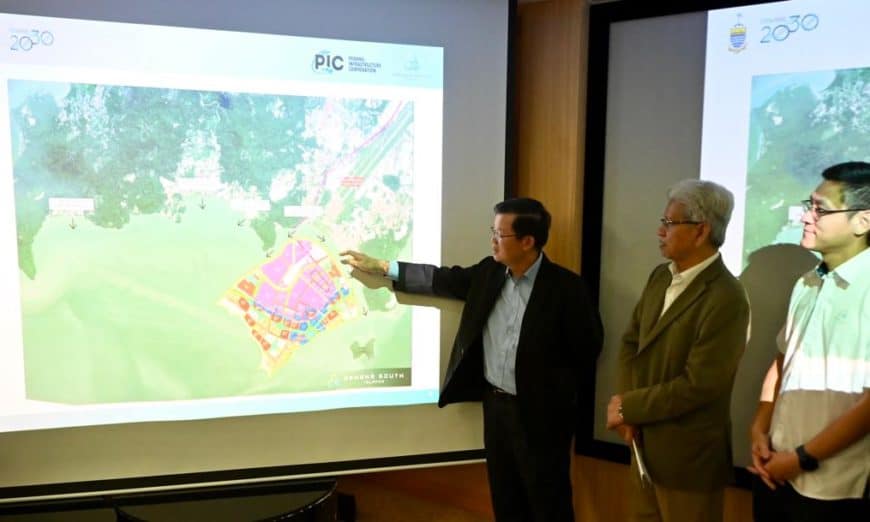THE Penang government has decided to scale down the Penang South Islands (PSI) project, from the proposed three islands to only one island.
The PSI project has received the Environmental Impact Assessment (EIA) approval from the Department of Environment (DoE) with 71 conditions. The approved EIA was for the entire PSI project involving the reclamation of three islands – Islands A, B and C.
The tri-islands (Islands A, B and C) will be located at the south end of Penang island, measuring a total of 4,500 acres in land size. Island A will be 2,300 acres in size, Island B 1,400 acres and Island C 800 acres.
Chief Minister Chow Kon Yeow, in a media conference today, shared that the PSI project would be scaled down to only one island – Island A, which is named recently as Silicon Island.
Islands B and C will not be implemented.
“This is following Prime Minister Datuk Seri Anwar Ibrahim’s announcement on May 6 that the Federal Government will provide additional funds to assist the Penang government in expediting the construction of the George Town-Bayan Lepas light rail transit (LRT) project, considering the concerns of various parties regarding the proposed development of Silicon Island under the Penang South Islands (PSI) project.
“The Prime Minister has requested the state to review and reduce the scope of the PSI project. The state government has made several approaches in response to the request,” Chow told a media conference in Komtar this morning.
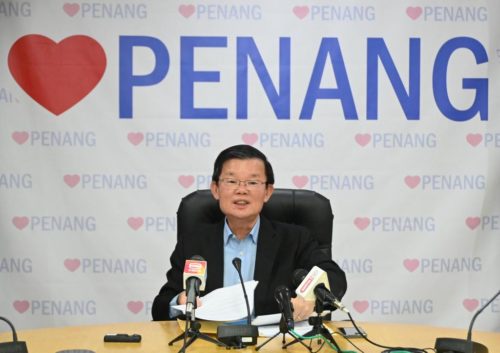
Chow said that with the announcement, the PSI project would be reduced by 49%.
“The sole island for the PSI project, Silicon Island, will be implemented in two phases, with a total period of 10 to 15 years of reclamation works.
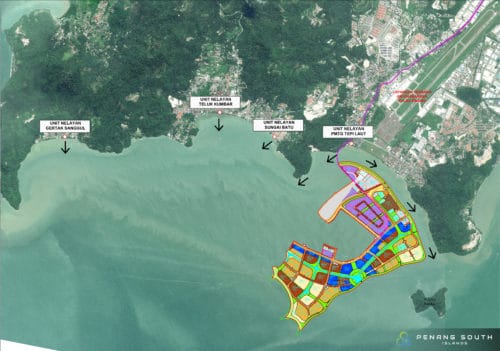
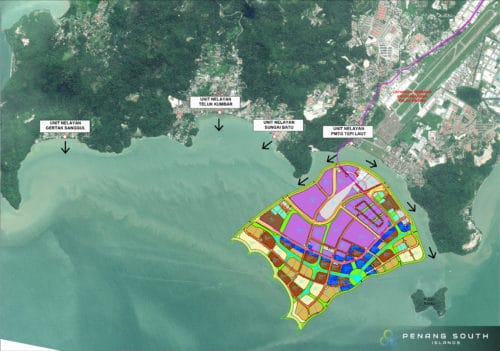
“The first phase of the implementation, about 1,300 acres in size, will include the LRT depot which is expected to take approximately seven to 10 years to complete. The first phase of PSI will hardly have any effect on fishermen who go out to sea.
“The second phase of Silicon Island will involve the reclamation of 1,000 acres,” he said.
LRT depot
Chow said the Land Public Transport Commission has given conditional approval for the George Town-Bayan Lepas light rail transit (LRT) project railway scheme.
“However, the Commission held back the full approval of the railway scheme as the initial proposal was to build the LRT Depot on Island A (Silicon Island). It could not give full approval because there was no Silicon Island.
“The Penang government believes that the LRT depot must be built on Silicon Island instead of on the existing Penang island, as it needs 60 acres of vacant land.
“It is not easy to find 60 acres of land at the ‘end of the line’ after the Penang International Airport (PIA).
“The impact will be huge as it will impact three villages, schools, places of worship and others. Hundreds of homes may need to be relocated should the LRT depot be built on the existing Penang island.
“We do not want to cause a huge social impact on the residents; hence, we proposed that the depot be built on Silicon Island,” Chow explained the rationale for the proposed LRT depot location on Silicon Island.
Chow said APAD has agreed with the location of the LRT depot on Silicon Island, but it held back the full approval for the railway scheme pending the EIA approval of the PSI project (back then).
“As we know, the PSI project has received the EIA approval from the Department of Environment (DoE), so we will discuss this further (with APAD).
Chow said he hoped that the technical meeting (for the LRT project) between the Finance and Transport Ministries would include the representation of the state government.
“We would appreciate it if the technical meeting can involve the representation of the Penang government so we can highlight the work we have done and the challenges we faced.
“We have obtained the conditional approval (for the railway scheme), our land acquisition plan has also been approved, and we have reached the ‘calling for tender’ stage.
“So, it fits into the wishes of the Prime Minister who hoped to expedite the LRT project in Penang,” Chow added.
He said, however, the state would leave it to the Transport Ministry to decide on the alignment and other related matters (such as how soon could the LRT project be implemented).
“We are committed to providing reports regarding the LRT project to the Prime Minister, Finance Ministry, and Transport Ministry to assist the Federal Government to evaluate what we have done so far.
“We hope to have a continuation to the works that we have done. We will leave it to the Federal Government to decide,” he said.
Impact of scaling down the PSI project
Chow said, according to the master agreement, the Penang government and SRS Consortium had agreed to sign separate agreements to implement various components of the PSI project.
“And so far, only the agreement involving Island A (Silicon Island) has been signed. So, the Penang government does not need to compensate SRS Consortium for scaling down the PSI project to just one island.
“Secondly, the approved EIA for the PSI project is also not affected by the scaling down of the PSI project,” Chow said.
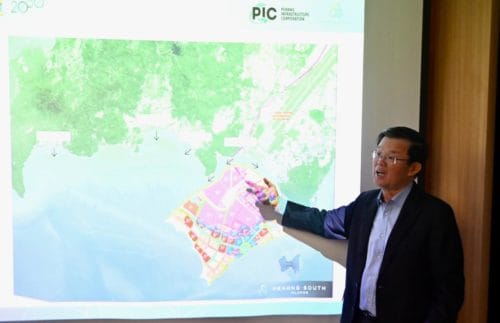
SRS Consortium project director Szeto Wai Loong said the expected reclamation cost of Silicon Island was RM6 billion; while the estimated cost for common infrastructure was RM2.5 billion.
“We create late parcels to be auctioned to the highest bidder and the successful bidder will develop their land parcels. We are not the end developer for this.
“We (SRS Consortium) and the state’s Penang Infrastructure Corporation (PIC) are the master developers. We make sure the other developers (successful bidders) comply with what has been approved in the Silicon Island master plan,” he explained the model for Silicon Island.
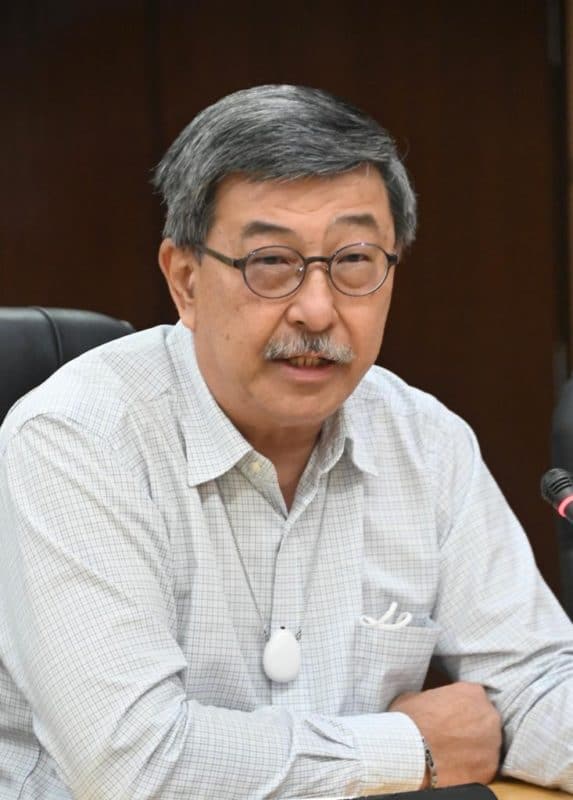
Chow explained further, stating that the state government and SRS Consortium would not be involved in the topside development of the to-be-reclaimed Silicon Island.
“Our responsibility is to reclaim and prepare the island with facilities, enabling it to function. Examples of facilities are roads, 5G telecommunication networks, irrigation and drainage system, water supply, the promenade, and others.
“We will also control the land use and zonings on Silicon Island. Meanwhile, successful bidders complying with the requirements will be developing the land on Silicon Island.
“For example, a successful corporation may invest in a piece of land on Silicon Island, builds a factory, and creates 3,000 job opportunities for Penangites. That could be the return (investments and job opportunities) we get from Silicon Island,” he said.
Chow said, at this point, the Penang government would not be involved in financing the cost of reclamation and common infrastructure of Silicon Island.
Meanwhile, with the scaling down of the PSI, fewer fishermen would be affected.
“There will only be 115 fishermen from Permatang Tepi Laut unit (facing the Silicon Island reclamation site) who will be directly involved; as compared to 496 fishermen (from four fishermen units) previously when all three islands were to be developed,” Chow said.
Silicon Island
Silicon Island’s master plan has successfully obtained a ‘5 Diamonds’ recognition for the Design Category from the Malaysian Green Technology and Climate Change Corporation (MGTC) in the Low Carbon Cities 2030 Challenge. Various green initiatives will be developed on Silicon Island to reduce carbon production by up to 45%.
The topside development plan for Silicon Island includes a high-tech industrial park called ‘Green Tech Park’ (GTP) as well as digital technology infrastructure, e-Commerce, and Business Process Outsourcing (BPO) facilities.
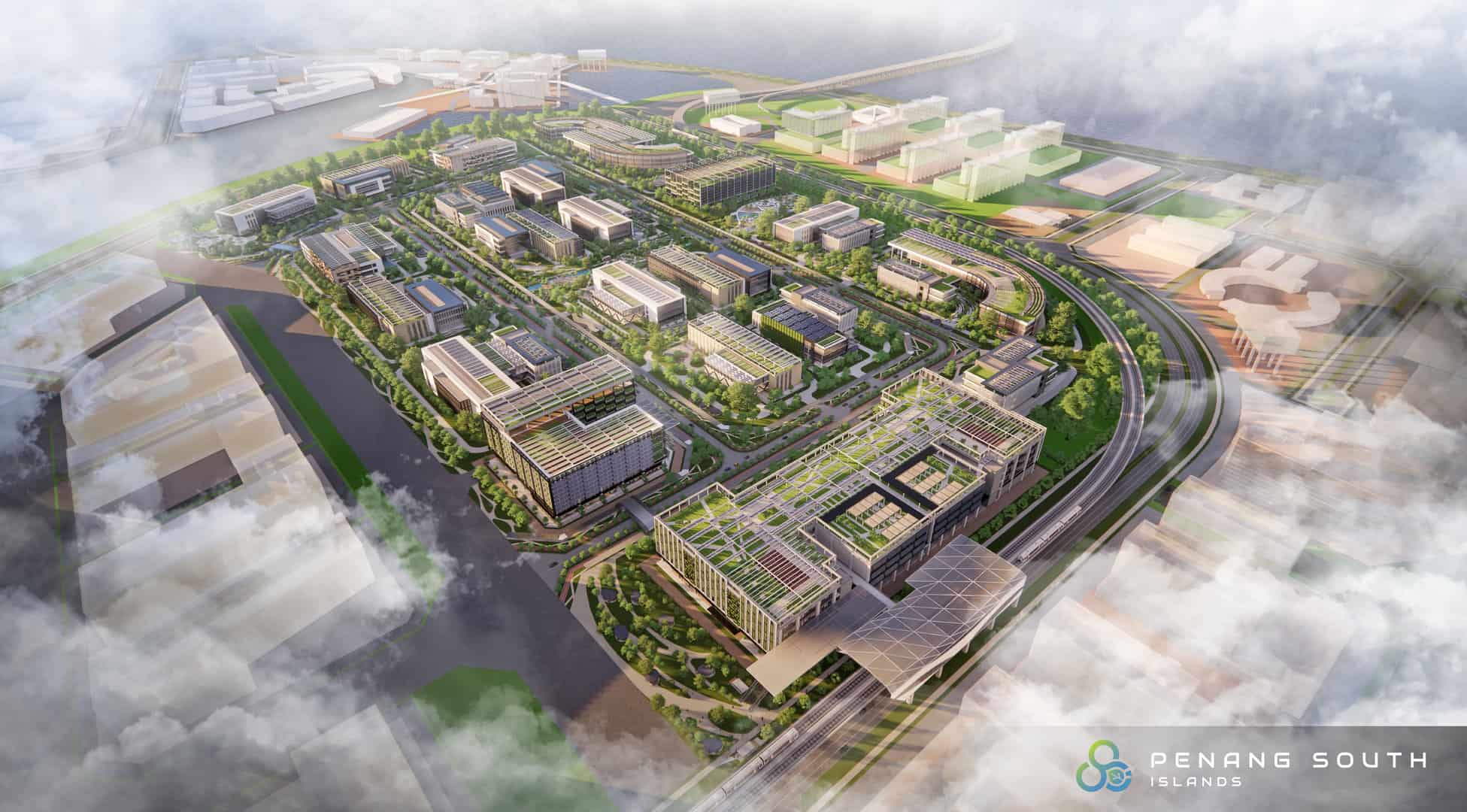
Also in the plan are to allocate 405 acres of land for the development of public parks, wetlands, floodplains, and bioswales; to plant and grow mangrove forest which has the potential to become a popular recreational area for locals and tourists; to construct water canals and create a blue-green network that enables the implementation of water taxi transport; a 100% usage of renewable energy at GTP; to implement green mobility by creating 110km of bicycle and pedestrian network; to encourage the use of public transport powered by electricity through the implementation of light rail transit (LRT) and electric bus services; and to construct ‘super low-energy’ buildings equipped with efficient cooling systems and smart features.
Others include implementing sustainable urban planning with climate-responsive design and green characteristics; implementing a dual-function sewage treatment plant, rainwater harvesting, and instal water-saving devices; and implementing recycling programmes, food composting and decomposing processes to reduce wastes in landfills.
Also present at the media conference were Deputy Chief Minister I Datuk Ahmad Zakiyuddin Abdul Rahman, Penang Transport and Infrastructure Committee chairman Zairil Khir Johari, Penang State Secretary Datuk Mohd Sayuthi Bakar, PIC chief executive officer Datuk Seri Farizan Darus, Penang Economic Planning Section (transport) head Datuk Lim Hock Seng, SRS Consortium deputy project director Azmi Mohamad.
Story by Christopher Tan
Pix by Alissala Thian
Video by Siew Chia En

